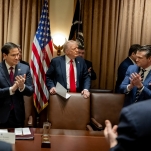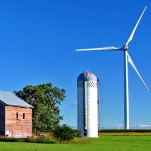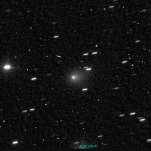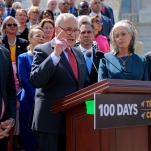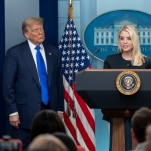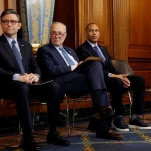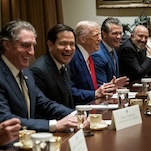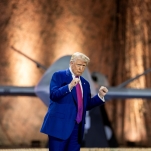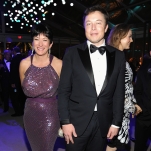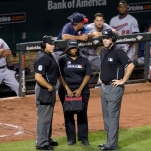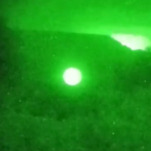Tributes Across the World Honor Rainbow Flag Creator Gilbert Baker
It’s hard to imagine a world without the now iconic six-colored stripes of Gilbert Baker’s rainbow flag, which he made in 1978 at the request of the late San Francisco city supervisor Harvey Milk to be launched at that year’s Gay Pride Parade as a uniting symbol. (Baker’s original flag had eight colors.)
Today Baker’s flag proudly flies in all corners of the globe, a resolute and vibrant reminder of how far we’ve come in the past few decades in terms of LGBTQ rights, and how much more remains to be done.
-

-

-

-

-

-

-

-

-

-

-

-

-

-

-

-

-

-

-

-

-

-

-

-

-

-

-

-

-

-

-

-

-

-

-

-

-

-

-

-

-

-

-

-

-

-

-

-

-

-

-

-

-

-

-

-

-

-

-

-

-

-

-

-

-

-

-

-

-

-

-

-

-

-

-

-

-

-

-

-

-

-

-

-

-

-

-

-

-

-

-

-

-

-

-

-

-

-

-

-

-

-

-

-

-

-

-

-



